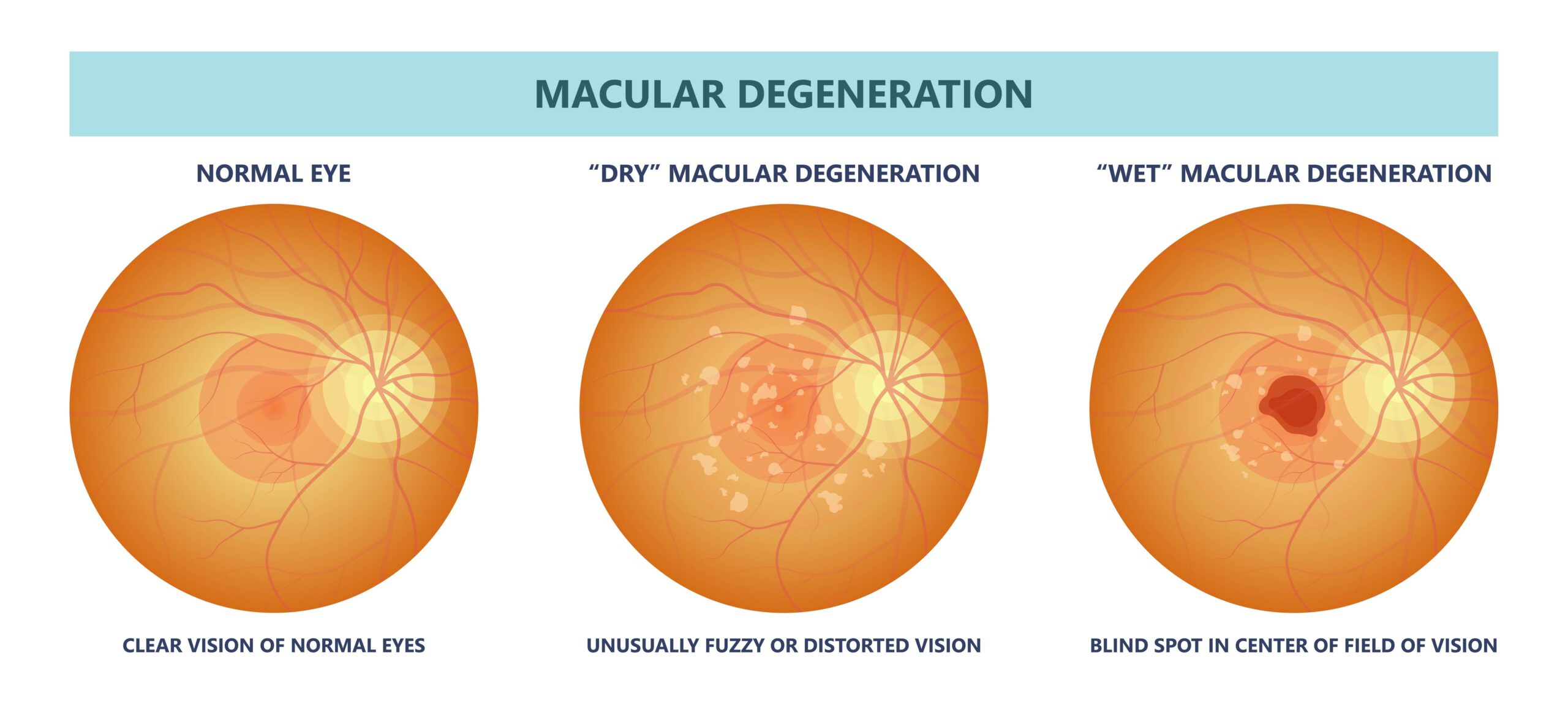What is Age-Related Macular Degeneration (AMD)?
Age-Related Macular Degeneration, commonly referred to as AMD, is a progressive eye condition that affects the central part of the retina called the macula. The macula is responsible for sharp, detailed vision, and AMD can lead to a gradual loss of central vision, making it difficult to read, recognize faces, or perform tasks that require clear sight.
In this video, ophthalmologist Dr Chang gives an overview of Age-Related Macular Degeneration

